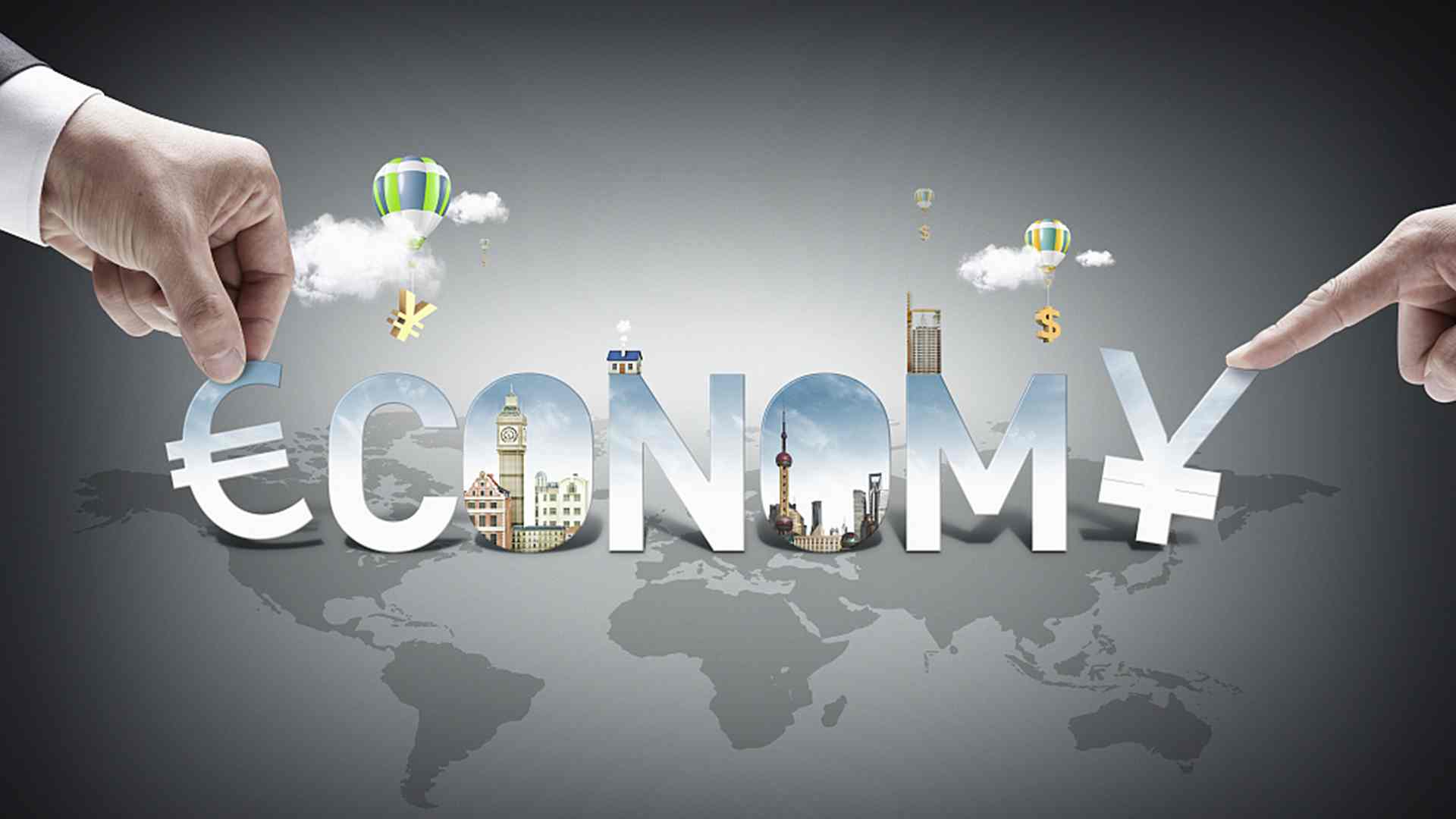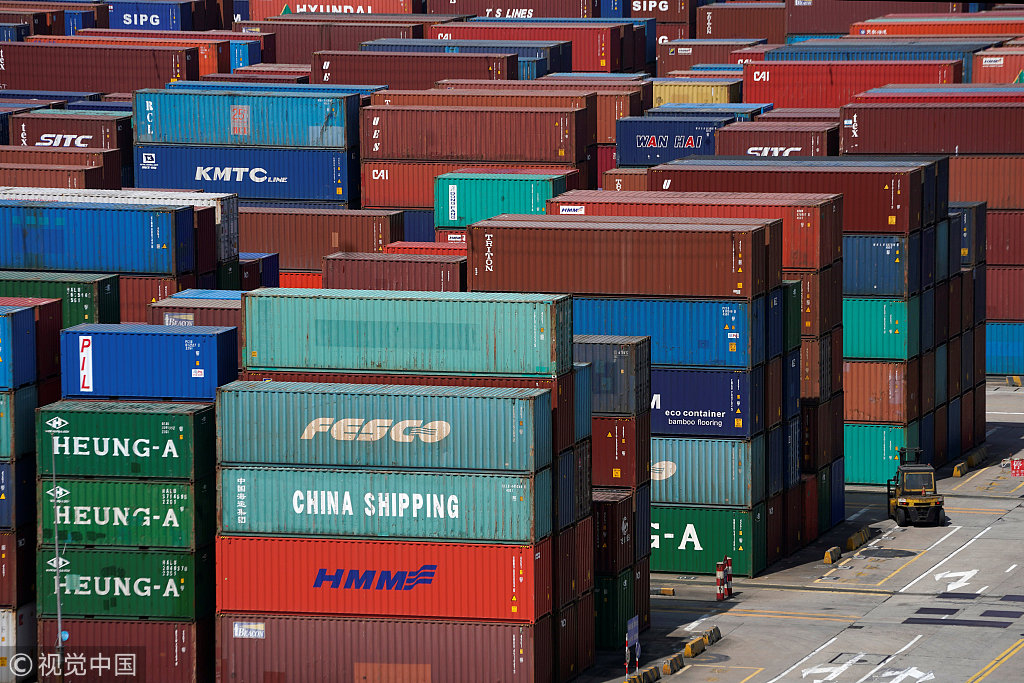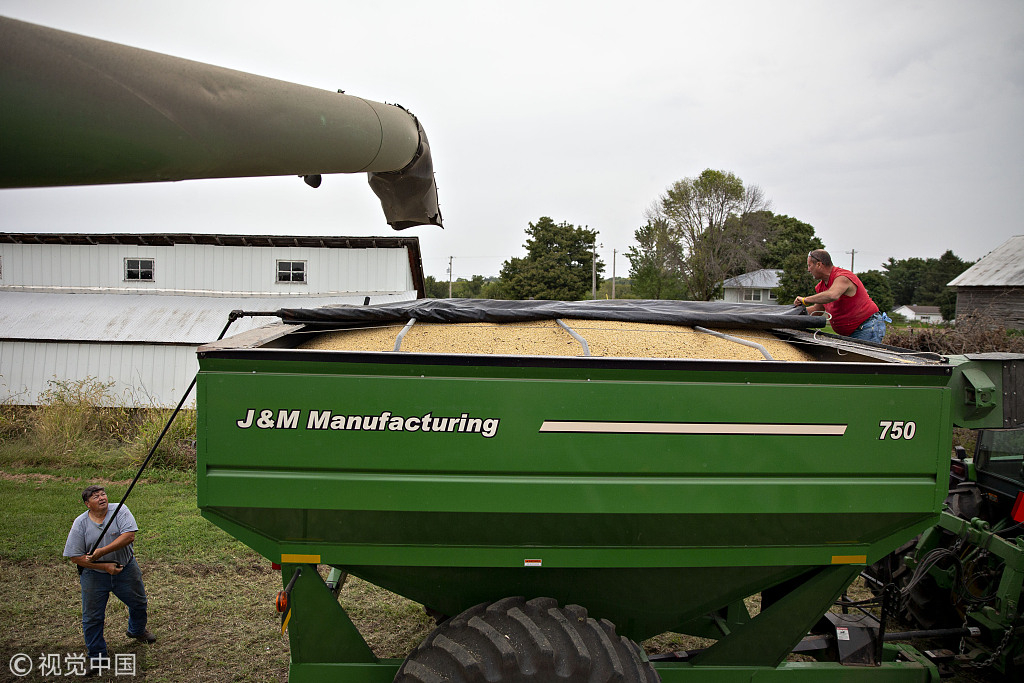
Opinions
08:52, 17-Jan-2019
Opinion: Global economy is at the risk of uncertainty and fluctuation
Updated
19:52, 17-Jan-2019
Zhang Jianping and Du Jingjing

Editor's note: Prof. Zhang Jianping is director general of the Center for Regional Cooperation, CAITEC, MOFCOM. Du Jingjing is a research assistant at the Center for Regional Cooperation, CAITEC, MOFCOM. The article reflects the authors' opinion, and not necessarily the views of CGTN.
On January 16, the World Economic Forum released the 2019 Global Risk Report, which is of great importance, because the risk of global trade friction is pressing to the global value chains across the whole world.
Global trade frictions appeared to escalate in 2018, causing negative effects on the global economy. It is believed that global trade frictions won't be solved but will accelerate in 2019. Judging by the trend of trade frictions, according to IMF forecasts, the deficit of the U.S. current account will expand by 26.4 percent year-on-year in 2019, as the U.S. is a big source of global trade friction.

Containers at the port in Shanghai, China, April 10, 2018. /VCG Photo
Containers at the port in Shanghai, China, April 10, 2018. /VCG Photo
Since 2000, after annual growth hit its peak, America's trade deficit has been accelerating, and is expected to continue to prop up protectionism to maintain its high level. As a result, completely resolving global trade frictions in the short term will be very hard.
The IMF lowered its semiannual estimate of the global growth rate by 0.1 percentage point in 2019 and 2020, which also reflects this trend. In short term, the direct impact of trade friction on the real economy is relatively limited, but may crack down on market expectations and weaken investment confidence and financing environment, leading to a serious secondary impact.
For example, the IMF predicts that if the U.S. imposes 267 billion U.S. dollars of tariff sanctions on China, which will lead to a 0.8-percent decrease in the global GDP in 2020. Even worse, if market expectations deteriorate, global economic growth will decrease by 0.53 percent, far exceeding the former figure.

Farmers move a cover over a grain cart containing soybeans during a harvest in Wyanet, Illinois, U.S., September 18, 2018. /VCG Photo
Farmers move a cover over a grain cart containing soybeans during a harvest in Wyanet, Illinois, U.S., September 18, 2018. /VCG Photo
In the long run, 2019 will be a year for global economic structural reform. But the normalization of trade frictions has led to global resource allocation disorders, which will damage total factor productivity, exacerbate the urgency of structural reforms and force a slowdown in the pace of structural reforms. As a result, the global economy will potentially return to the vicious circle of "policy stimulus – structural distortions – weak recovery – policy stimulus."
When it comes to assessing the negative impacts of trade friction, we should look at expectations in the short term, and in the long term we should look at reform. For the economies who are able to manage effectively and adhere to structural reforms, they are expected to maintain long-term recovery resilience under normalized trade frictions.
Facing the risks, China should keep an eye on its potential impacts on China-U.S. relations. The trade frictions between the U.S. and China, the world's largest and second largest economies, have adverse effects. If trade frictions deteriorate sharply, China will suffer the risk of a non-linear leap, with the potential to slow the reform process. And the U.S. will also usher in a sharp oscillation in the financial market, and have a wide range of global spillover.
If trade friction remains basically stable, then China and the U.S. will be able to gradually get out of the negative effects of the current trade frictions. Also, China should focus on the timing evolution of the risk focus. Emerging markets will still be under greater risk pressure at the beginning of 2019, but as geopolitical risks evolve in 2019, the global risk focus is expected to shift gradually to the European market into the next phase of a "crisis comeback". China should follow the trend, identify risks and seize opportunities.
(If you want to contribute and have specific expertise, please contact us at opinions@cgtn.com.)

SITEMAP
Copyright © 2018 CGTN. Beijing ICP prepared NO.16065310-3
Copyright © 2018 CGTN. Beijing ICP prepared NO.16065310-3